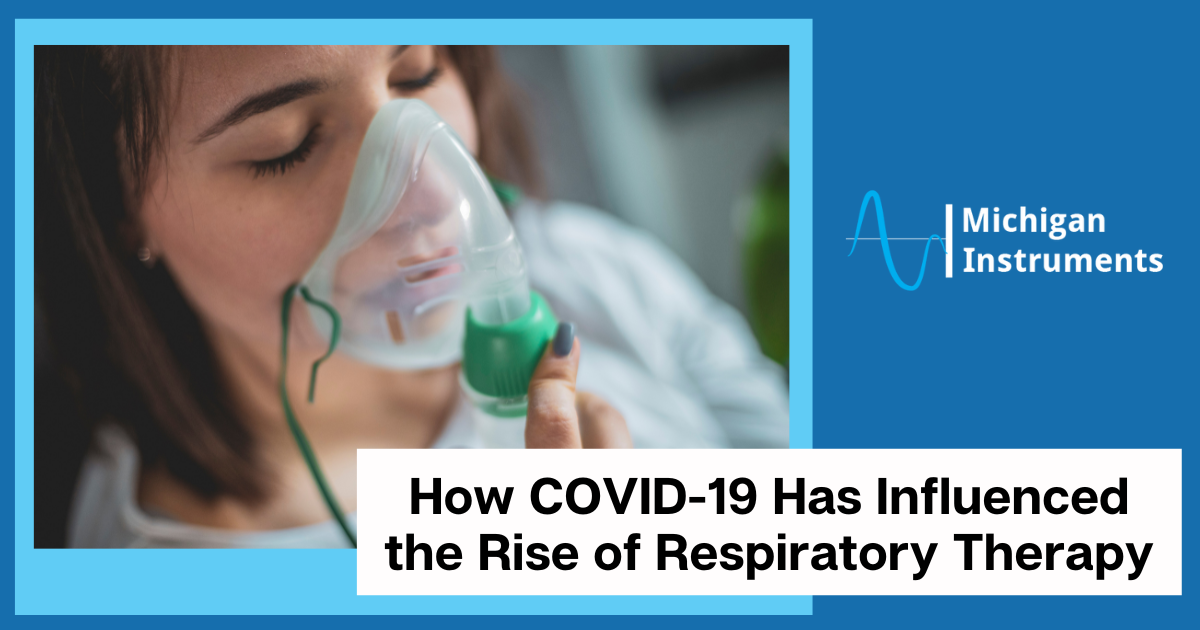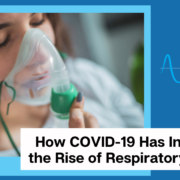
Like many other healthcare professionals, respiratory therapists (RTs) have had their work cut out for them ever since the outbreak of COVID-19 in early 2020. Their role in the medical field, which was always considered demanding, is now even more complex and ever-changing.
However, these challenges have pushed them to work even harder to research and practice the best care for those with respiratory complications due to COVID-19.
Respiratory Therapists’ Role During the COVID-19 Pandemic
After over 2 years of extensive research, it has been proven that COVID-19 can have a major impact on the respiratory system. More severe cases of COVID-19 and its variants can cause long lasting complications to a person’s respiratory system.
Adults aged 65+ and those with other underlying health conditions such as heart disease, cancer, and chronic obstructive pulmonary disease (COPD), may have serious symptoms; with some even having long-term effects.
As the number of patients with COVID-19 has grown, so has the demand for respiratory therapists. Respiratory therapists have provided treatment for those with COVID-19-related respiratory complications in many ways.
One way is through pulmonary rehabilitation, which helps patients improve lung function, reduce symptoms and improve quality of life. Respiratory therapists help aid these programs through education, exercise, and support.
How Our Spontaneous Breathing Lung Aids in Respiratory Education
We understand that COVID-19 has affected the respiratory systems of many patients throughout the last few years, and will continue to do so as the virus persists. This is why we are proud to have our Lung Simulators used to contribute to respiratory studies..
We recently added the Spontaneous Breathing Lung (SBL™) to our product line. The SBL™ offers a new and improved way to create spontaneous breathing. It’s available as an independent device, or as an upgrade to the current generation TTL or PneuView Simulator.
These simulations are useful for designing, testing, and providing training on non-invasive and supportive modes of ventilation and oxygenation. Additionally, it allows control of breath rate, tidal volume, inspiratory time, and inspiratory flow pattern.
All these features and more make this device the ideal tool for teaching and learning about COVID-19’s respiratory impact.
Going to AARC Congress 2022? We’ll See You There!
To show our dedication, we will be attending AARC Congress this November. We’re so excited to showcase the SBL™, while connecting with respiratory therapy professionals from across the country!
Learn more about our high-quality lung simulators that you can touch, see, and modify and the differences between each one. Questions? Request a quote, or ask us anything!




